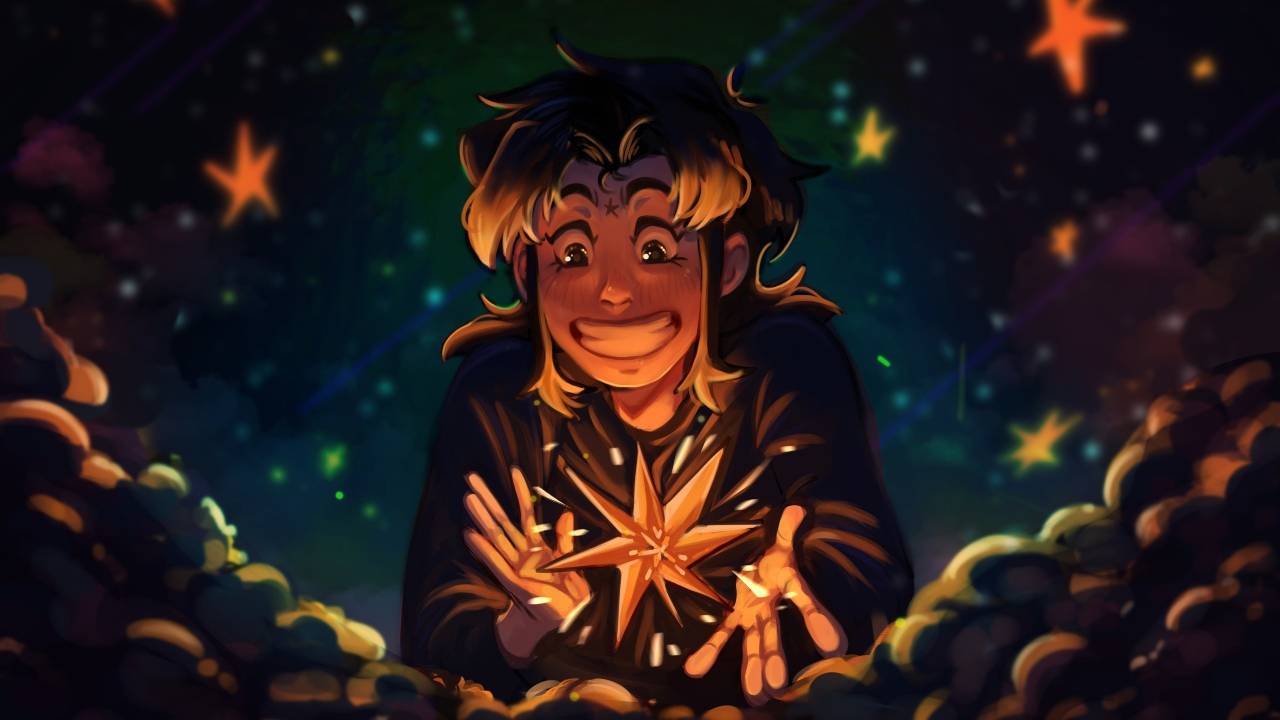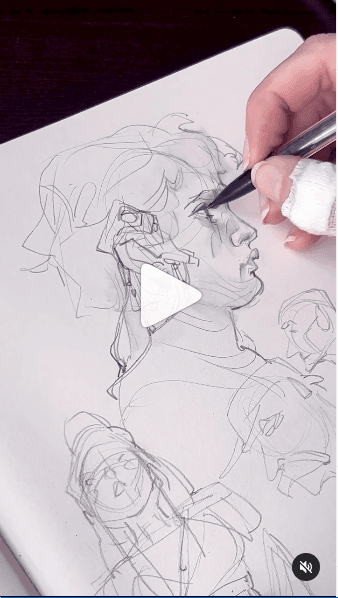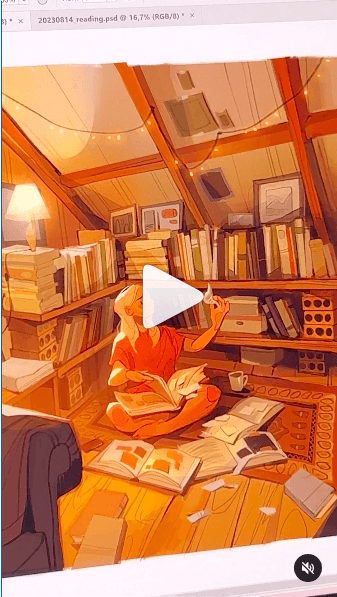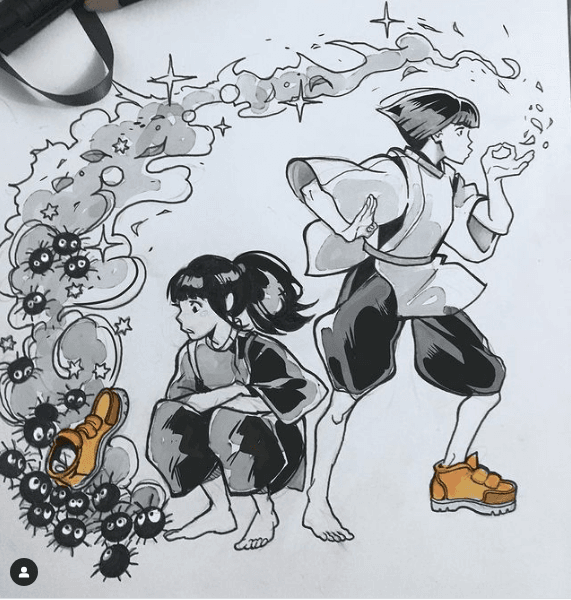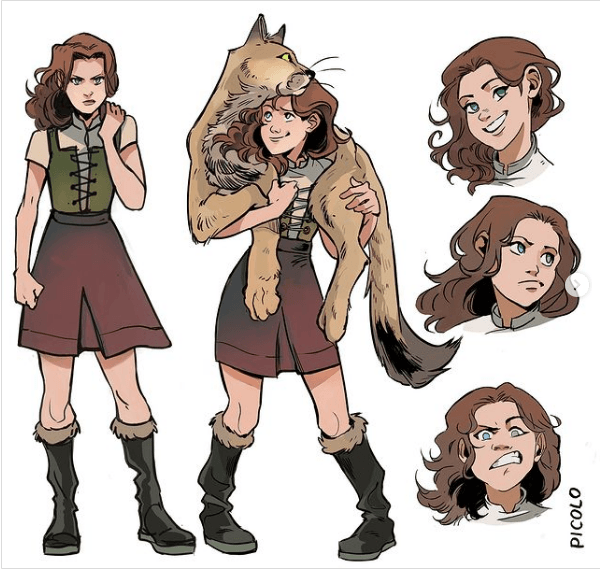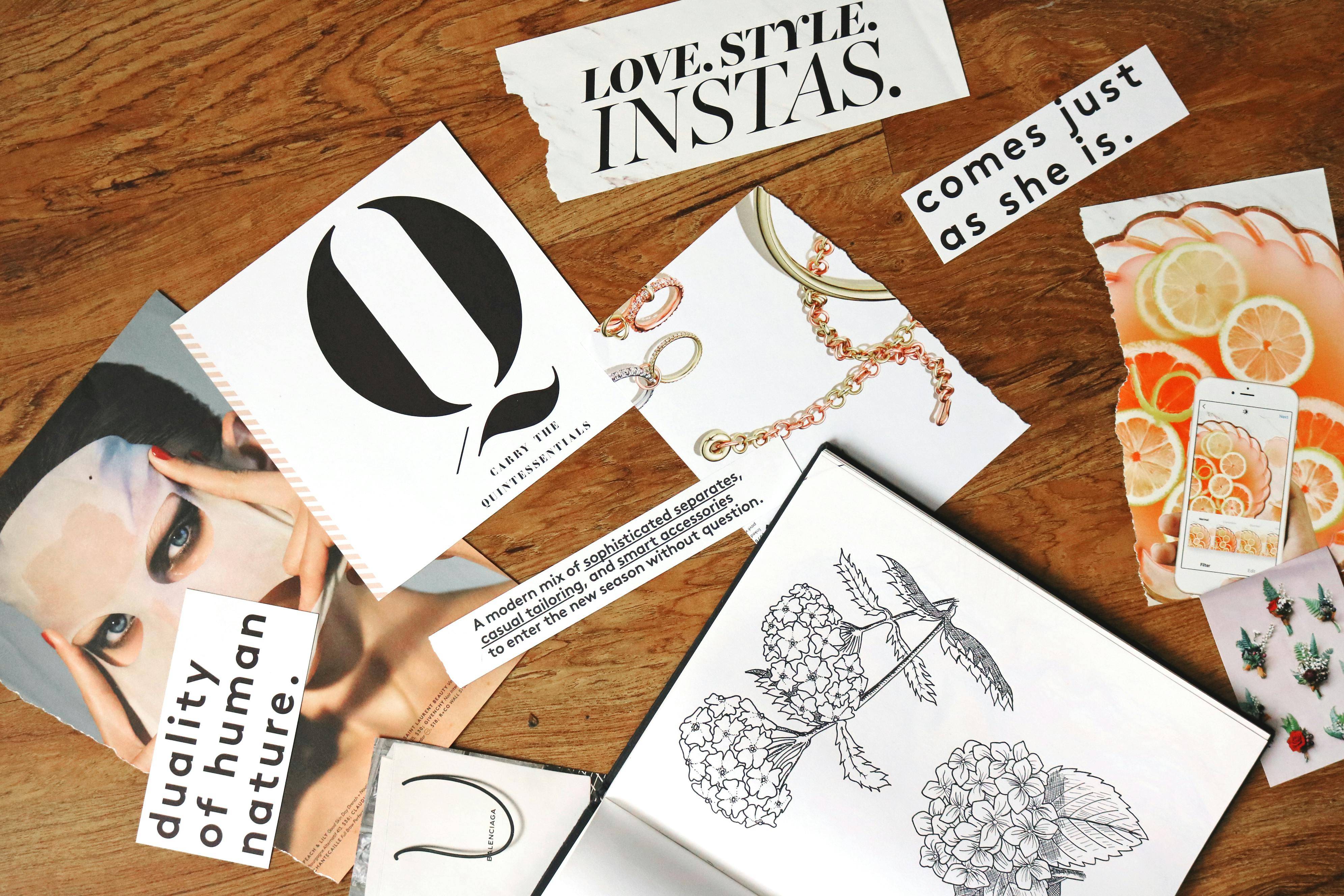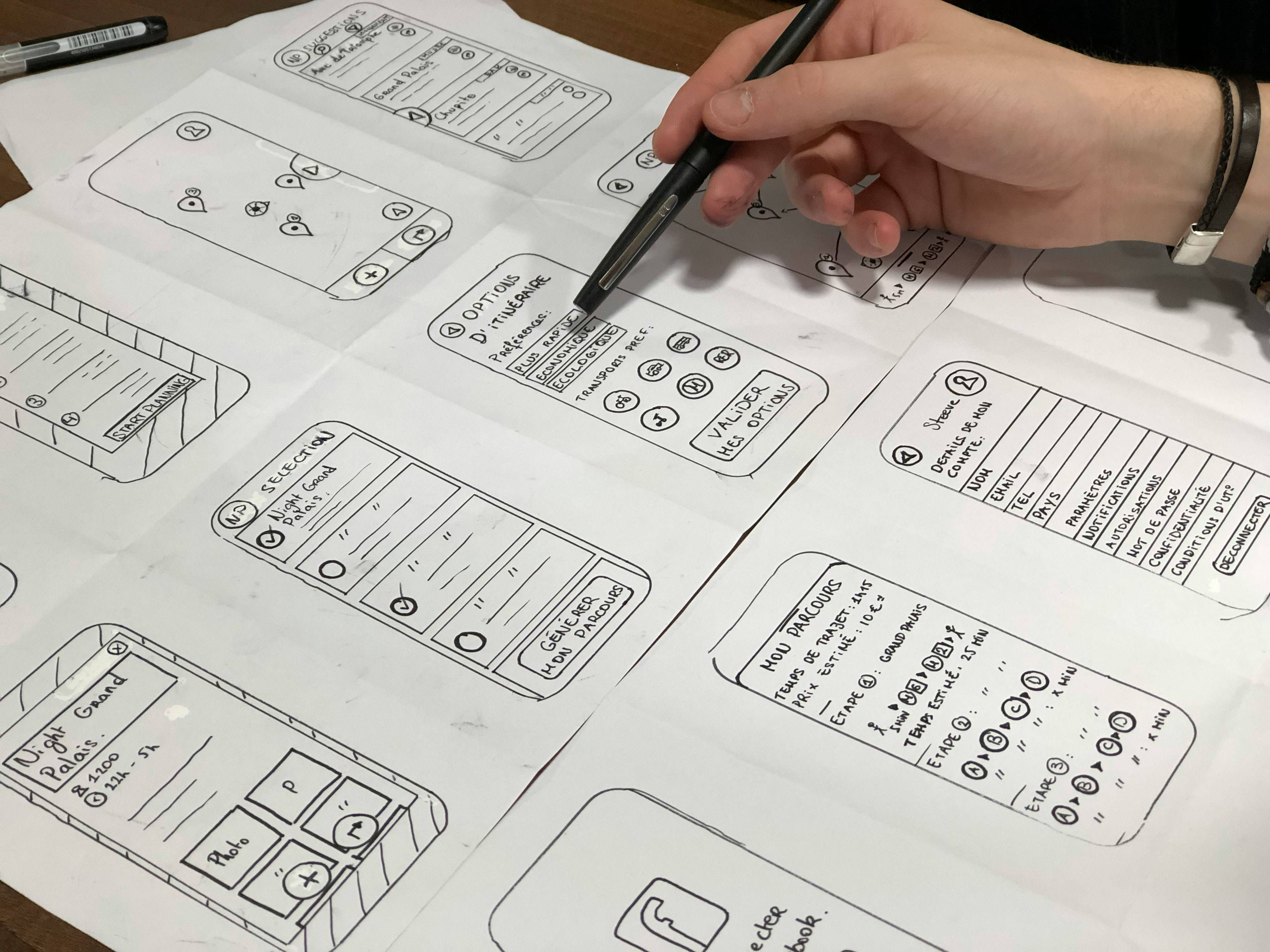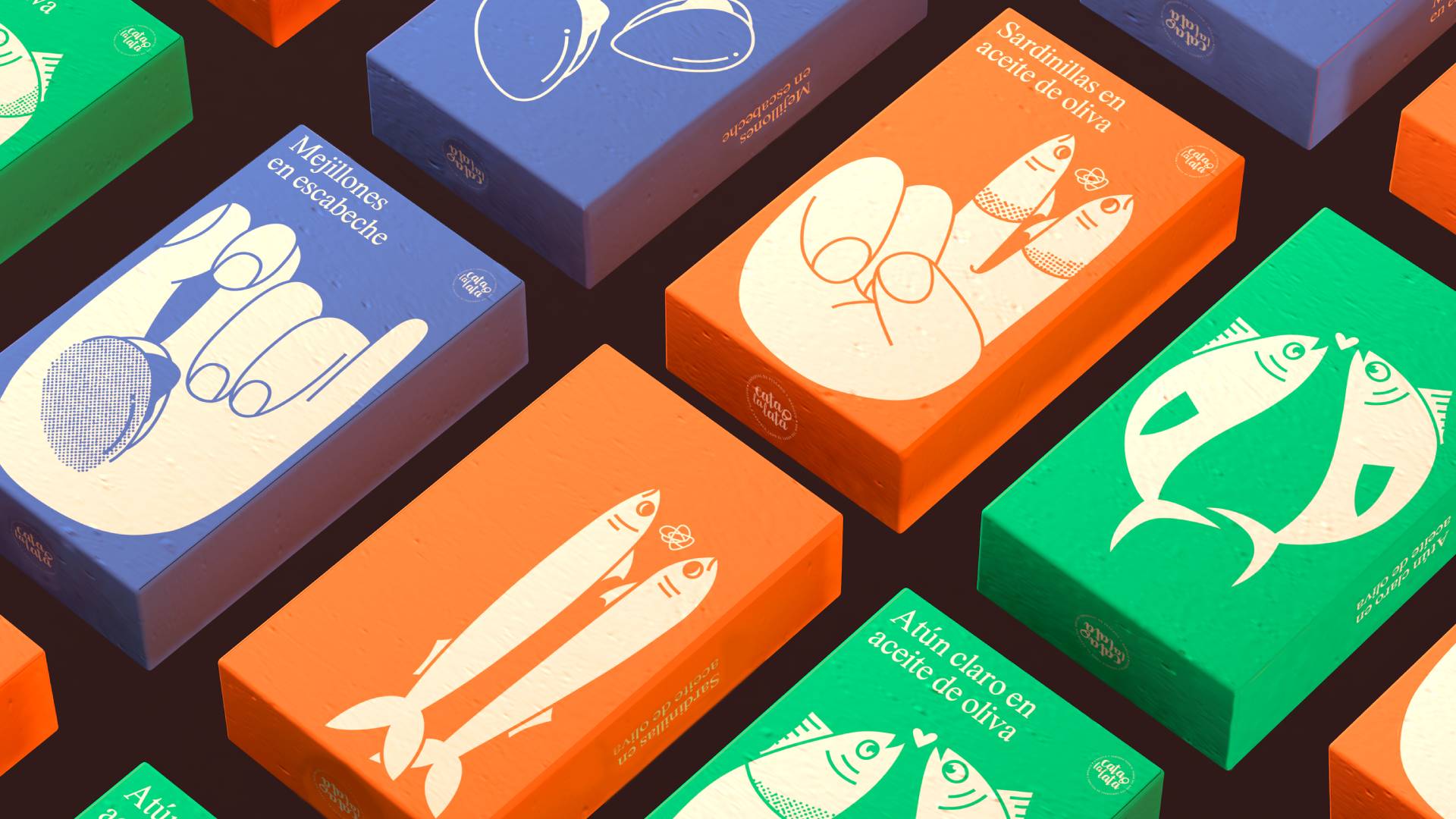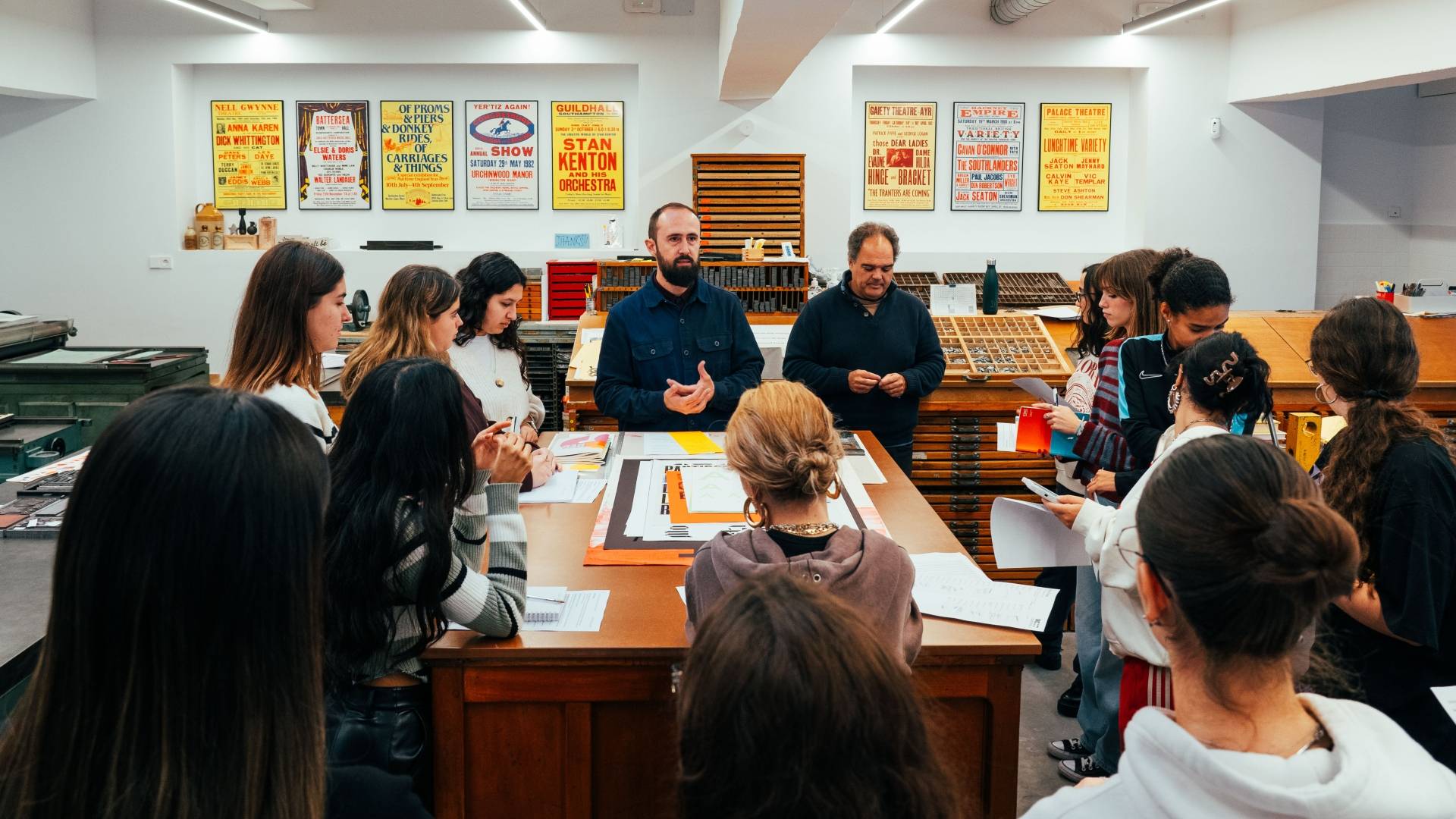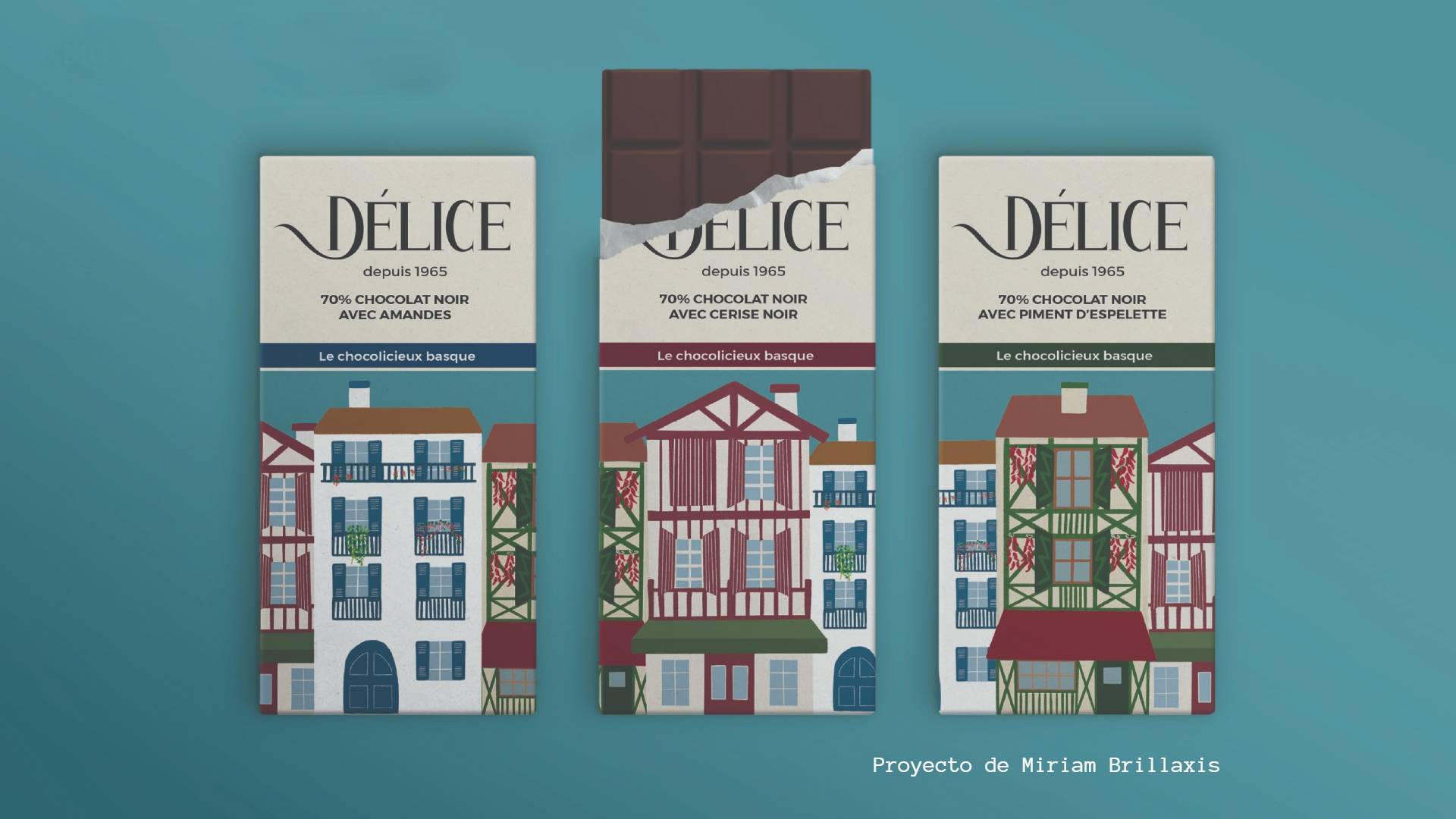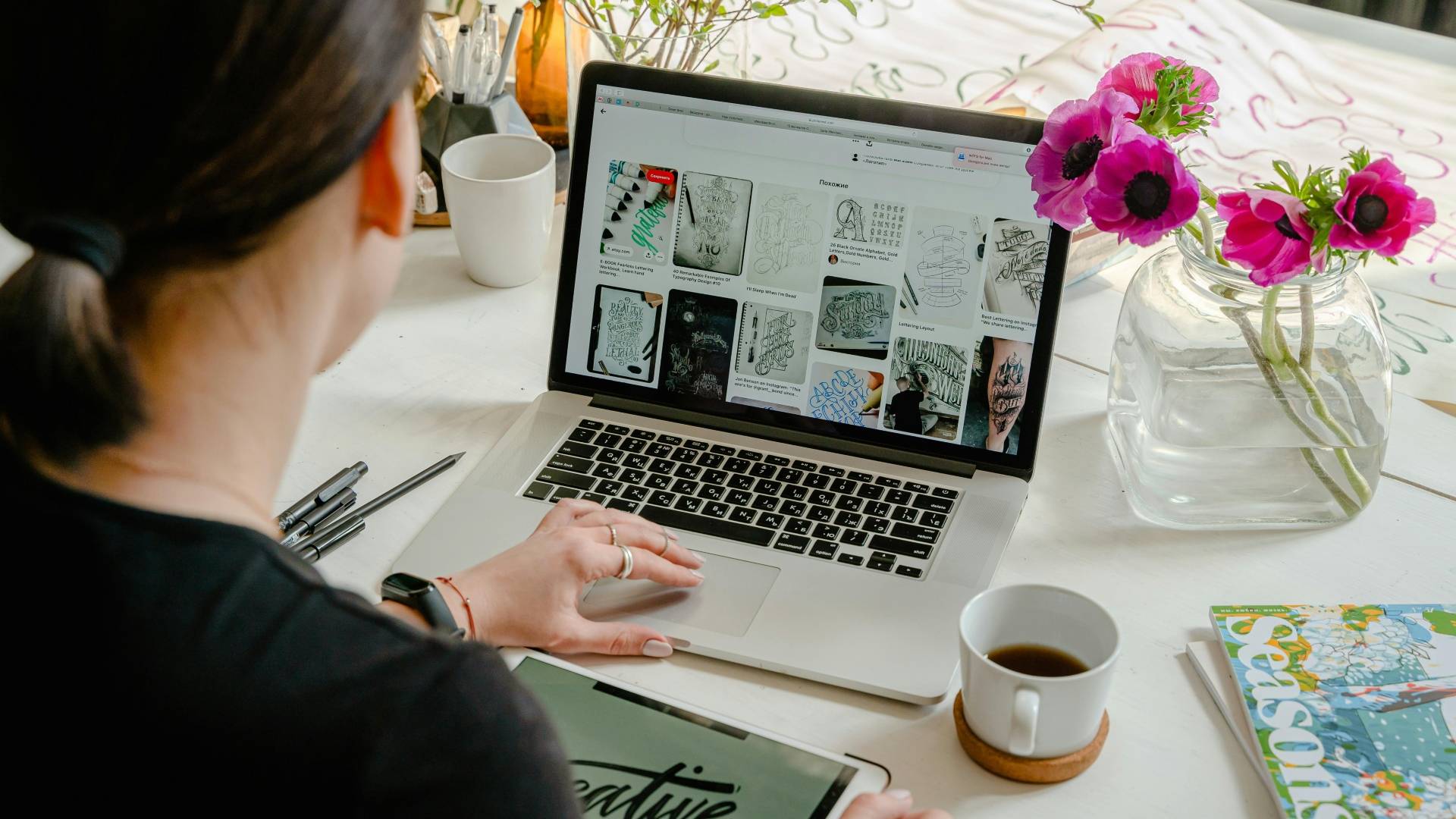Is digital illustration better than traditional illustration?
Illustration is a diverse and constantly evolving artistic field, with a wide variety of techniques that have adapted to emerging technologies and trends.
It is undeniable that new technologies have led to improvements in the tools and software available to illustrators to develop their creations. However, the popularisation of digital techniques has led to debates about whether traditional or digital illustration is more complicated, more efficient or even the value of the designs.
What is traditional illustration and what is digital illustration?
Traditional illustration is understood as the art of creating images using physical media and tools, such as pencils, watercolours, oils, ink or paper. While digital illustration is a technique that uses computer tools and software, such as graphic tablets, design programmes and other digital devices.
So which is better?
There is no categorical answer to this dilemma. If you think about it, the only thing that changes is the means and tools used to design. Each has advantages and disadvantages that will depend on the point of view we adopt.
For example, in traditional illustration we find originality and uniqueness, while in the digital environment with tools and programmes we can find ease of reproduction, versatility and experimentation.
Another example, digital illustration allows for greater speed, flexibility and correction, while in traditional illustration it is almost impossible to correct a mistake without affecting the result of the work.
Our present: combination gives unique results
Most artists today combine the two approaches to this art: traditional and digital.
There are those who base their work on traditional techniques and use digital tools as a complement to retouch, correct or finalise details, and there are those who start from a traditional sketch and complete their work by introducing colours, textures and effects with digital programmes.
To understand how both approaches are intrinsically related, and are not competitive, but that the mastery of both allows artists to create unique works, we let you discover some illustrators and their work.
Artist Loish (@loisvb on Instagram)
Artist Gabriel Picolo (@_picolo on Instagram)
Build a competitive profile
The most important thing is that you understand that to become a good professional you will have to learn to work both. In both the Degree in Audiovisual Design and Illustration and the Degree in Multimedia and Graphic Design at UDIT you will receive training that combines traditional forms of drawing and digital software tools in 2D and 3D to transform all your designs. You will learn Adobe Photoshop, Illustrator, Indesign, Autocad, Adobe Premiere, After Effects, etc. Build a profile adapted to the needs of the market!

